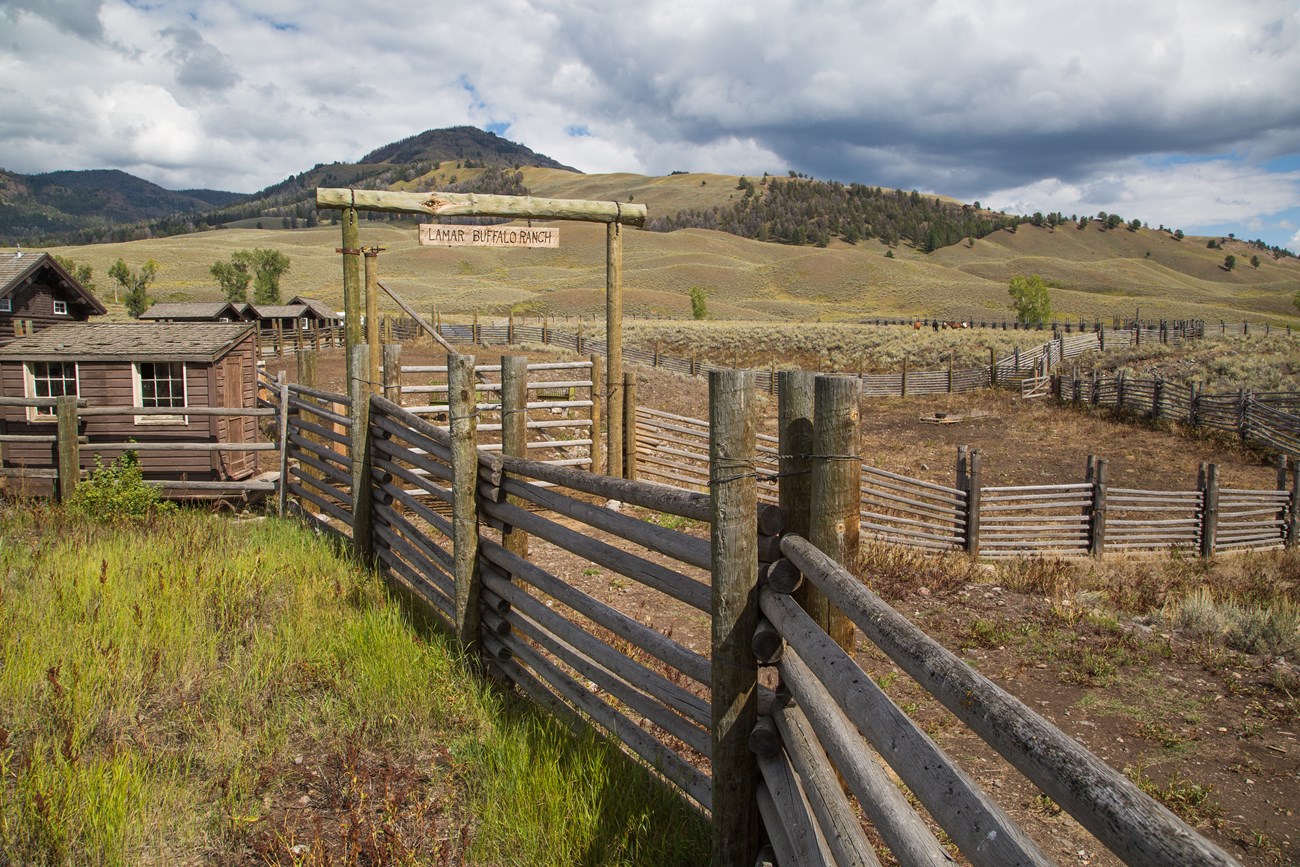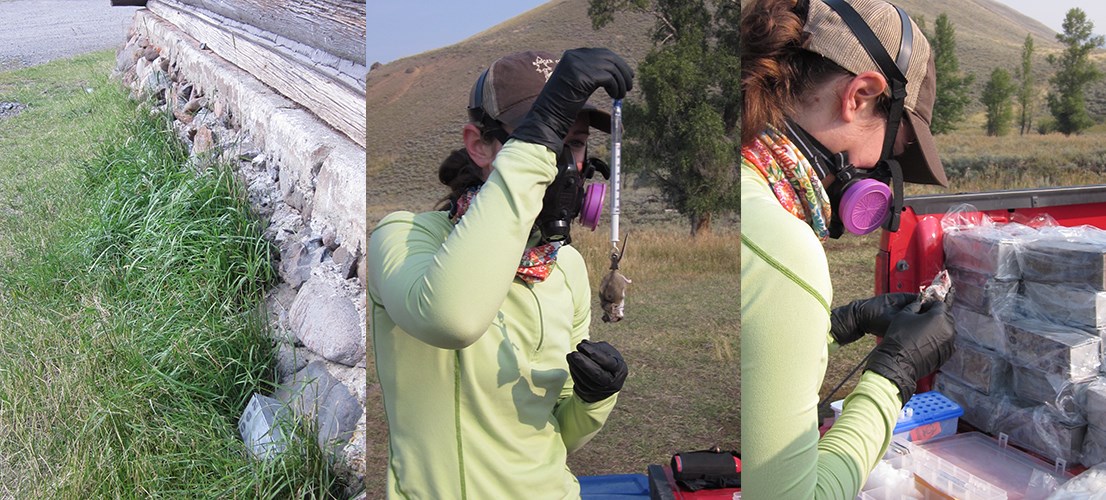Part of a series of articles titled Yellowstone Science - Volume 25 Issue 1: Native Fish Conservation.
Previous: YS 25-1-Shorts
Next: News and Notes YS-25-1
Article

from Yellowstone Science 25(1)
by Sarah Haas
Yellowstone’s northern range, undoubtedly one of the prime wildlife viewing spots in North America, harbors impressive bison herds, wolf packs, and meandering bears. Visitors are likely to depart from the park’s northern lands with at least one, if not more, checks on their wildlife card.
Beneath the awe of the large herds and charismatic megafauna lives a quiet, hidden life. The world of the bottom of the food chain is not as glamorous or appreciated as some of Yellowstone’s other attractions, but is no less as important. The small mammal communities of the northern range include species such as the deer mouse, bushy-tailed woodrat, and several kinds of voles and shrews. For every bison or wolf, there are probably thousands of these small animals, running over the landscape and providing a whole slew of ecological services: soil enrichment, predator nutrition, enhancing vegetative diversity, etc.
Some of my days in the field have been devoted to the large, captivating wildlife species that attract millions of visitors each year. In August 2015, I devoted a couple of days to learning about the wildlife that don’t receive much press, unless it is bad press. Accompanied by Jessica Richards of the park’s Wildlife Health Program, we spent one afternoon setting up live traps around the historic Lamar Buffalo Ranch to gather information on the prevalence of hantavirus in small mammal communities in that part of the park.
Rodents are natural reservoirs of hantaviruses, which can cause hantavirus pulmonary syndrome in humans, a rare but potentially deadly respiratory disease. Deer mice (Peromyscus maniculatus) are common in the park and a primary host for transmitting hantavirus, if they are infected. Many rodents, but especially deer mice and woodrats, take advantage of human structures such as barns and old cabins to gain protection from predators and improved shelter opportunities. The Lamar Buffalo Ranch was an ideal location to trap and assess the rodents living in the area.

NPS Photos - S. Haas

Part of a series of articles titled Yellowstone Science - Volume 25 Issue 1: Native Fish Conservation.
Previous: YS 25-1-Shorts
Next: News and Notes YS-25-1
Last updated: February 5, 2018